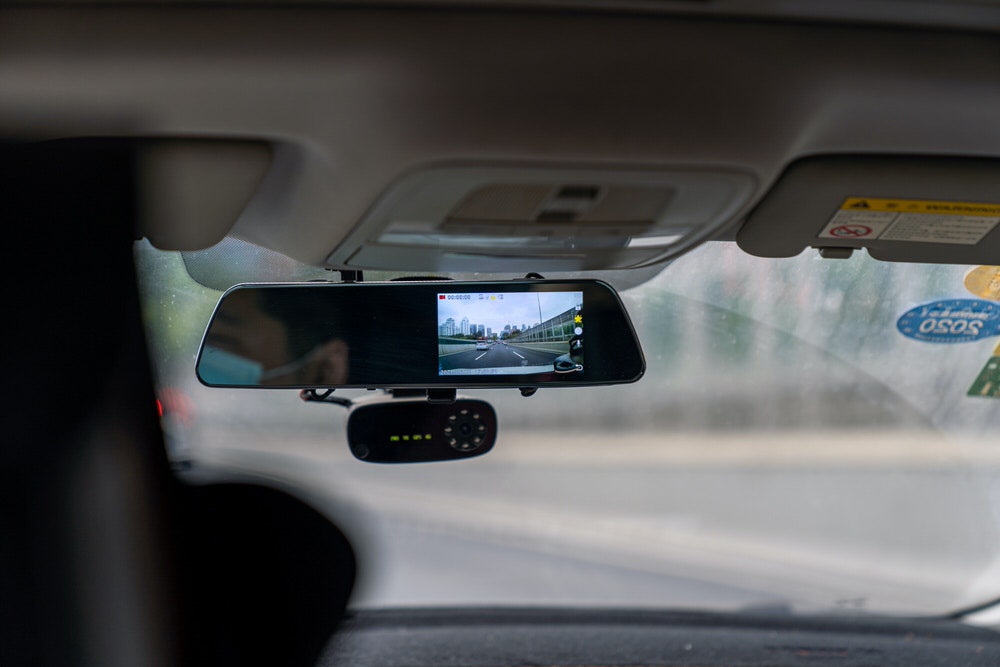Everything you need to know about Smart Motorways

What is a smart motorway?
Smart Motorways are a stretch of motorway that uses the latest in traffic flow technology. To control traffic flow with the ultimate aim of easing congestion on the roads of the UK.
By utilizing the latest developments in Tech, Smart motorways can actively manage congestion on the motorway and optimise how the Motorway is used by road users.
Smart Motorways were as developed by Highways England to manage Britain’s congested roads to minimise the environmental impact and cost of building additional lanes.
The methods used include using the hard shoulder as an extra lane for traffic and introducing variable speed limits to control traffic flow on motorways.
How do Smart Motorways work?
With many miles of smart motorways already built in the UK, it’s imperative that motorists understand how they work and how to use them.
The main type of Smart Motorway in the UK is what is referred to as ‘All Lane running’
This refers to when the hard shoulder is removed and converted into a running lane. In these instances, the left-hand lane, which was the hard shoulder, is only closed to traffic in the event of an accident on the motorway.
If more lanes of the motorway are required to be closed, they will be marked by a red x on an overhead gantry. This signals that you must exit the lane as soon as possible.
Ignoring the ‘red X’ sign is extremely dangerous and is against the law.
The signage is also used to show the speed limit, which is variable depending on traffic and road conditions. If a speed limit is not displayed, the national speed limit will be in place.
The speed limits are enforced with speed cameras. If the speed is reduced, there is a slight lag between when the speed limit is updated and when the speed cameras will begin to enforce the new speed limit. A specific time for this to happen isn’t given for each camera, but it can happen in as little as ten seconds.
Smart Motorways rely on CCTV to monitor traffic for any incidents.
In the event of a breakdown or accident, motorists can use the Emergency Refuge Areas (ERAs), that are situated on the left side of the motorway. The average spacing of these ERAs is 1.5 miles apart.

What are the benefits of Smart Motorways?
According to Highways England, the stats show that since the first smart motorway opened in 2006 journey reliability has improved by 22% and personal injuries have reduced by more than half.
However, many motorists still feel unsafe on smart motorways.
What are the issues with Smart Motorways?
Many UK motorists are concerned that smart motorways are far more dangerous than the traditional motorway setup, because of the lack of a hard shoulder.
Campaign groups have been drumming up support to improve safety on ‘all running smart motorways sections where the hard shoulder is turned into a permanent lane.
To counteract this criticism, Highways England has run UK wide campaigns to educate drivers on how they should use smart motorways.
